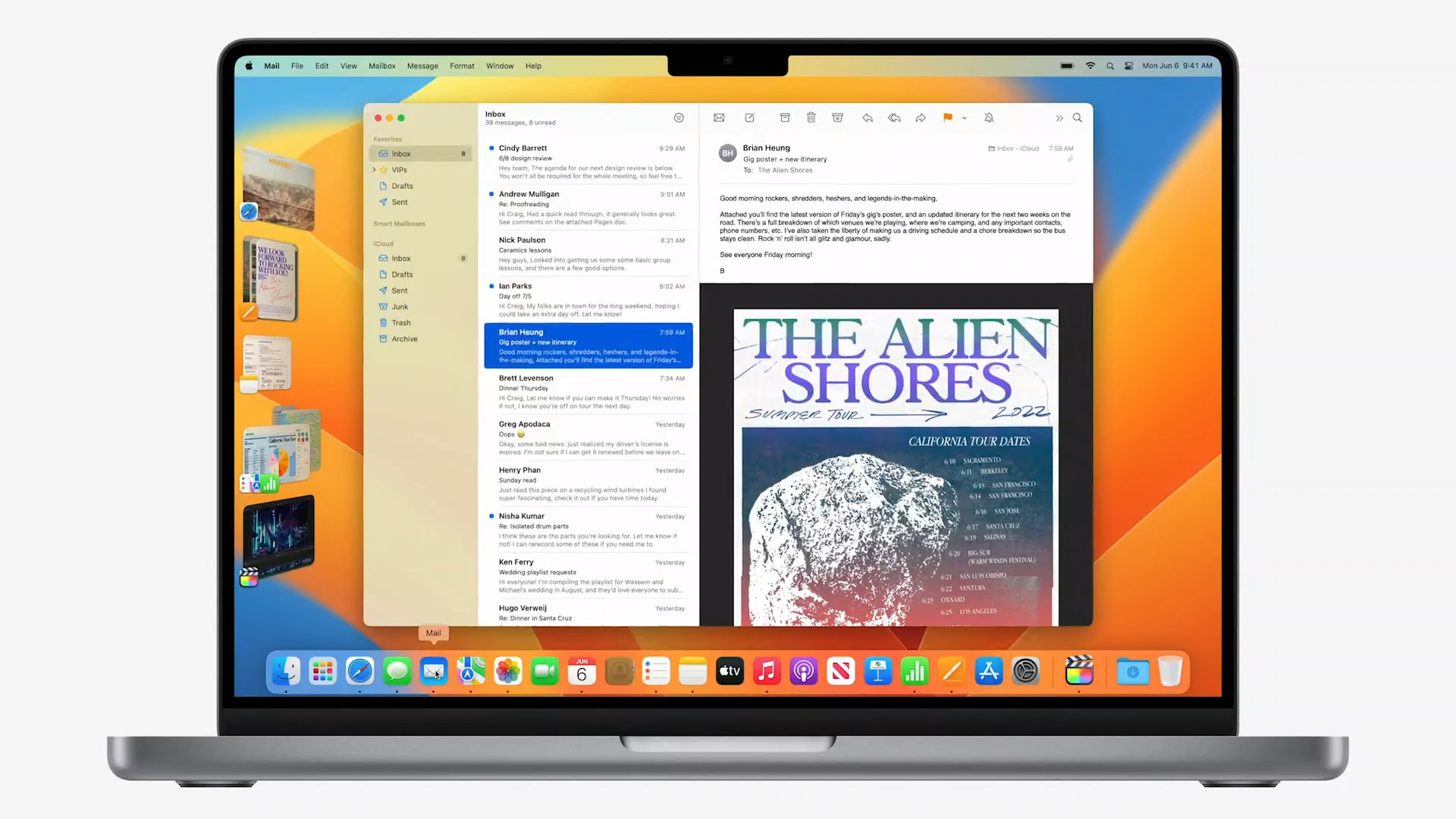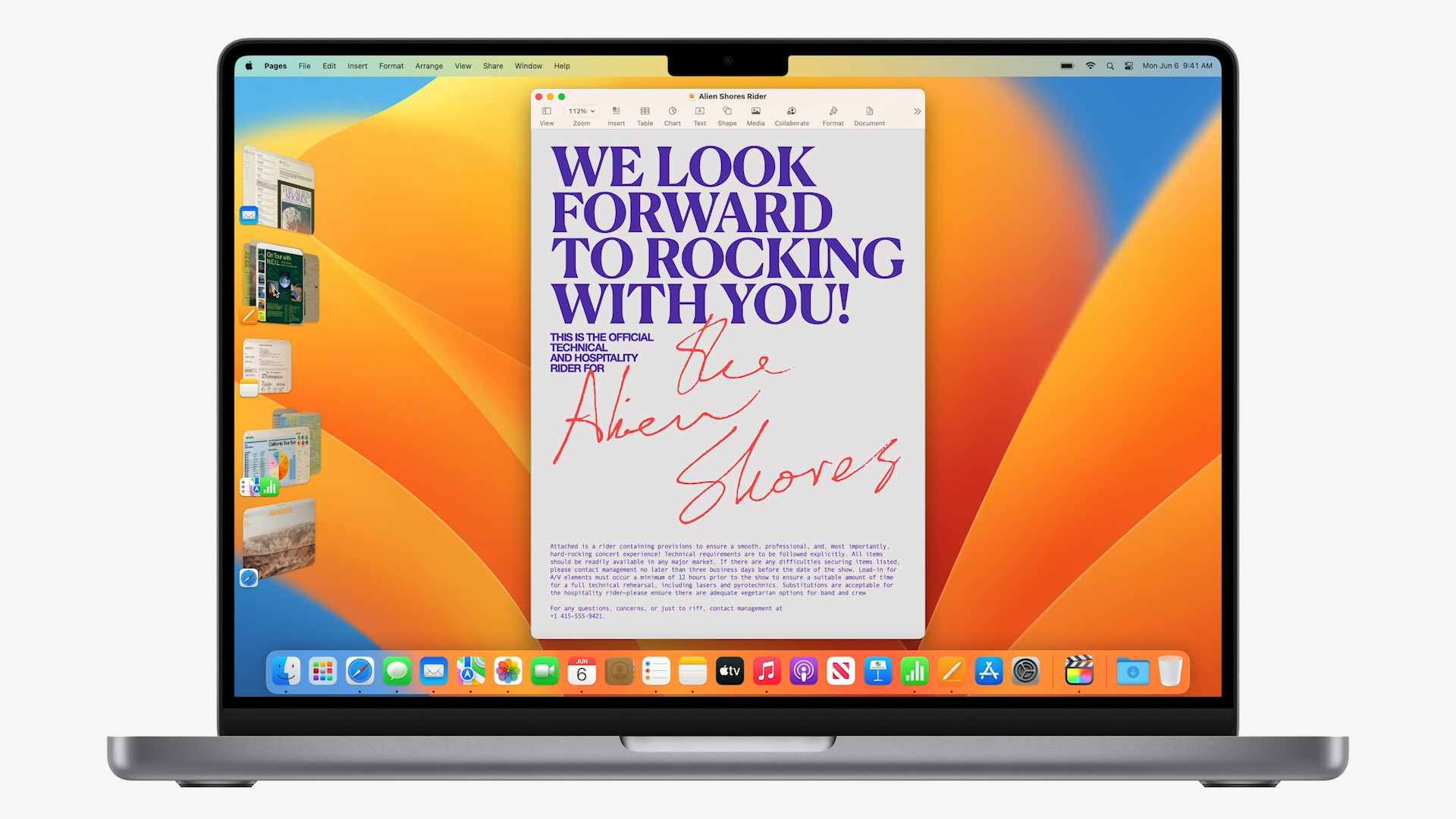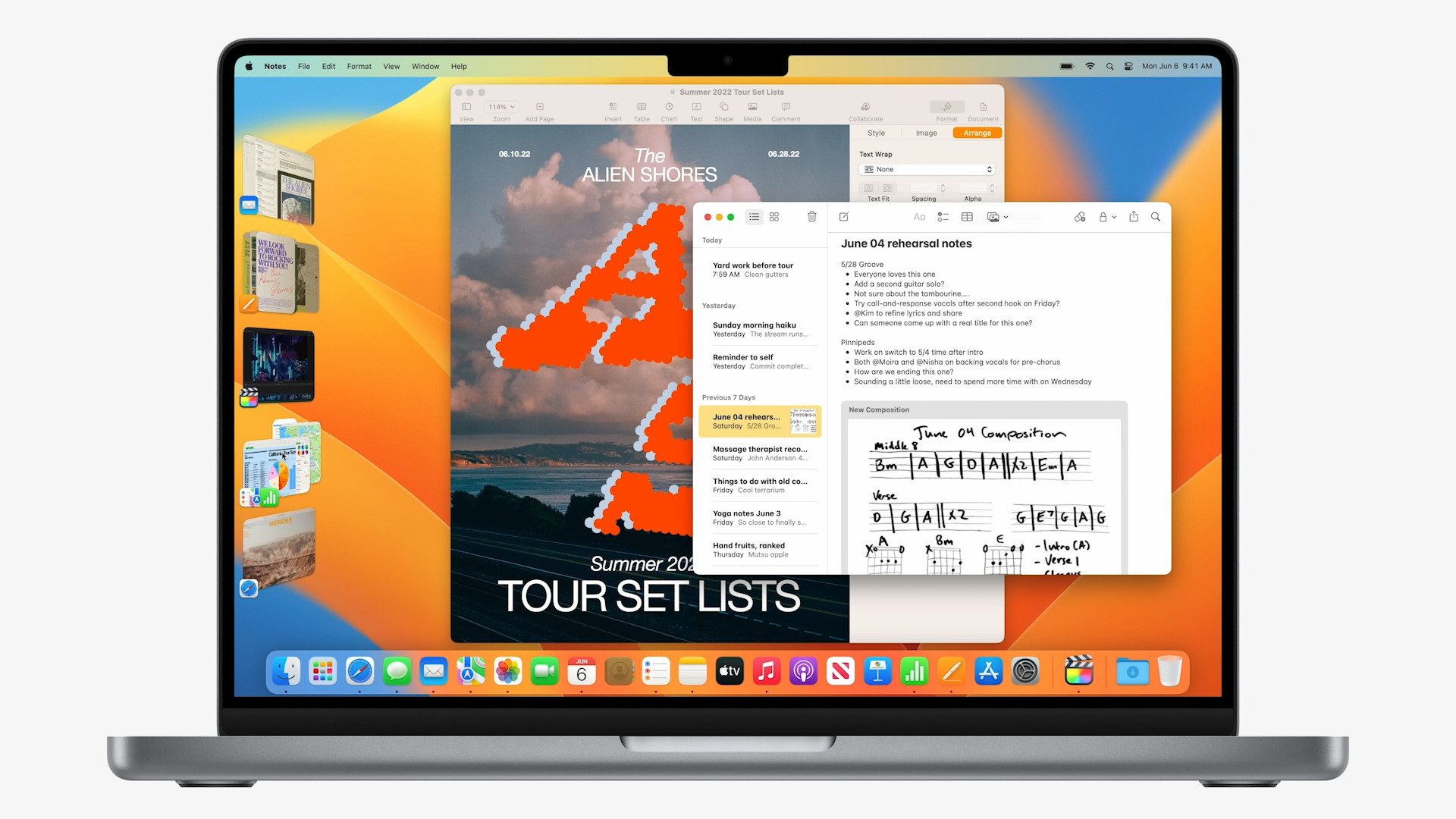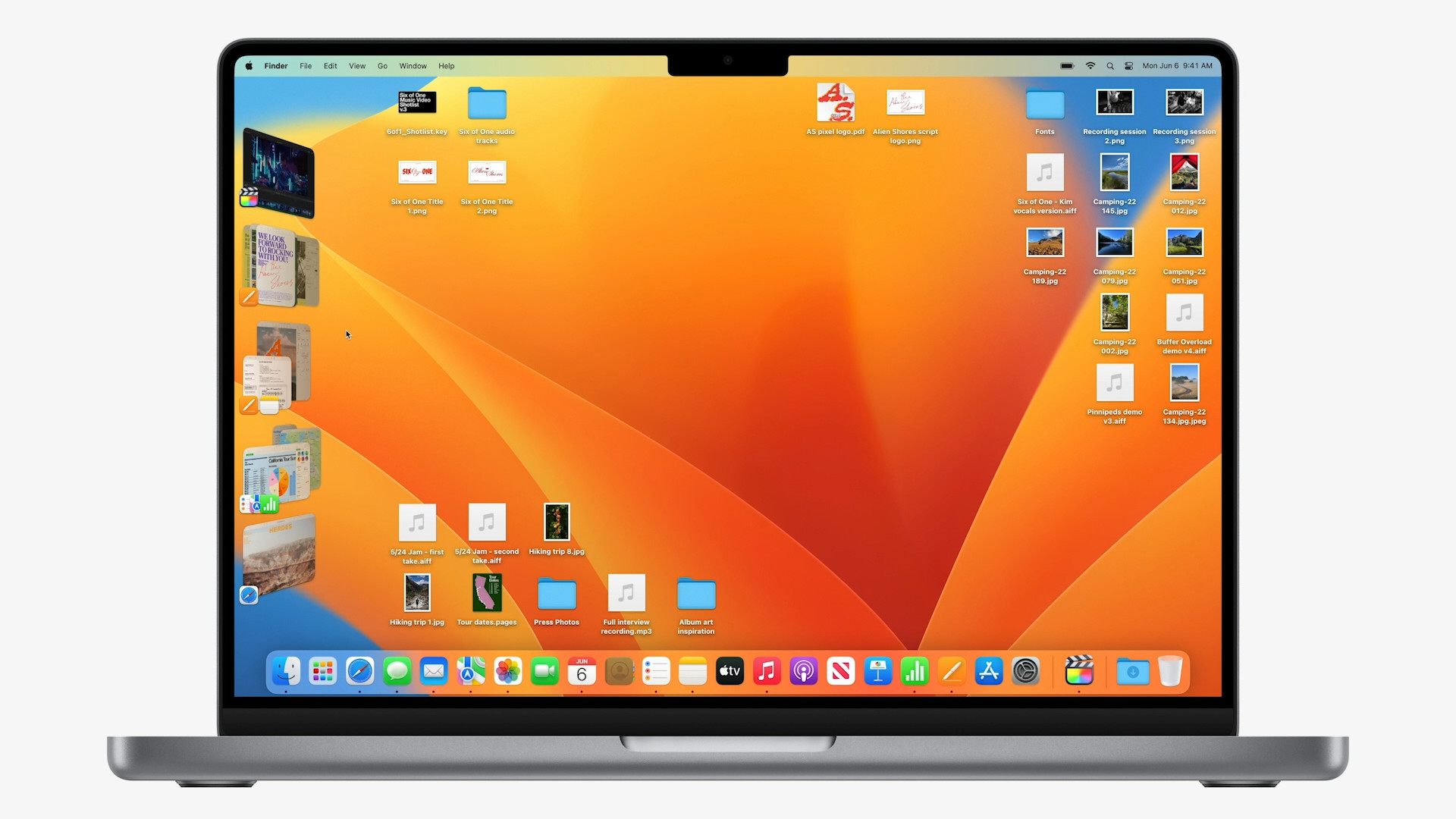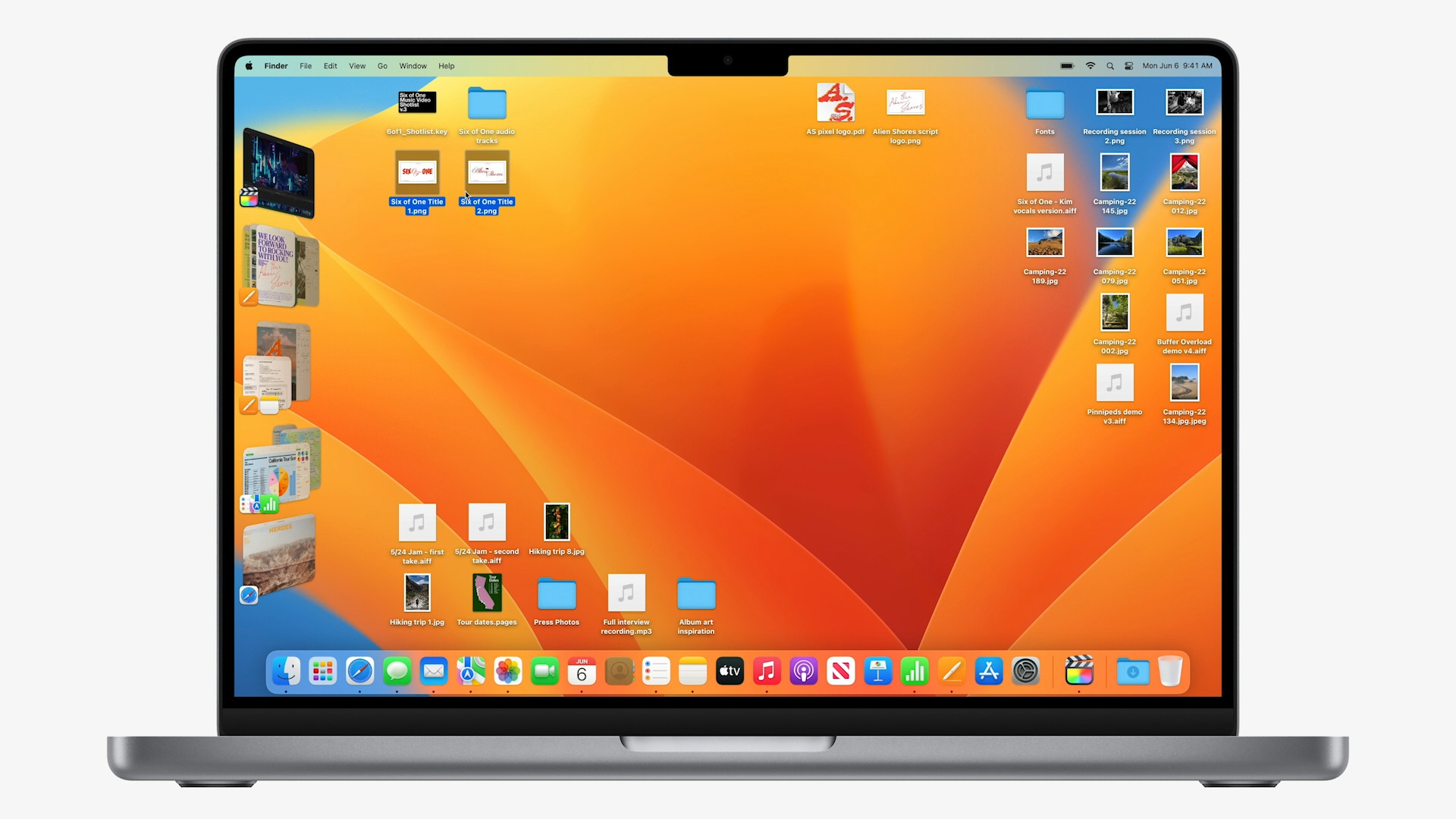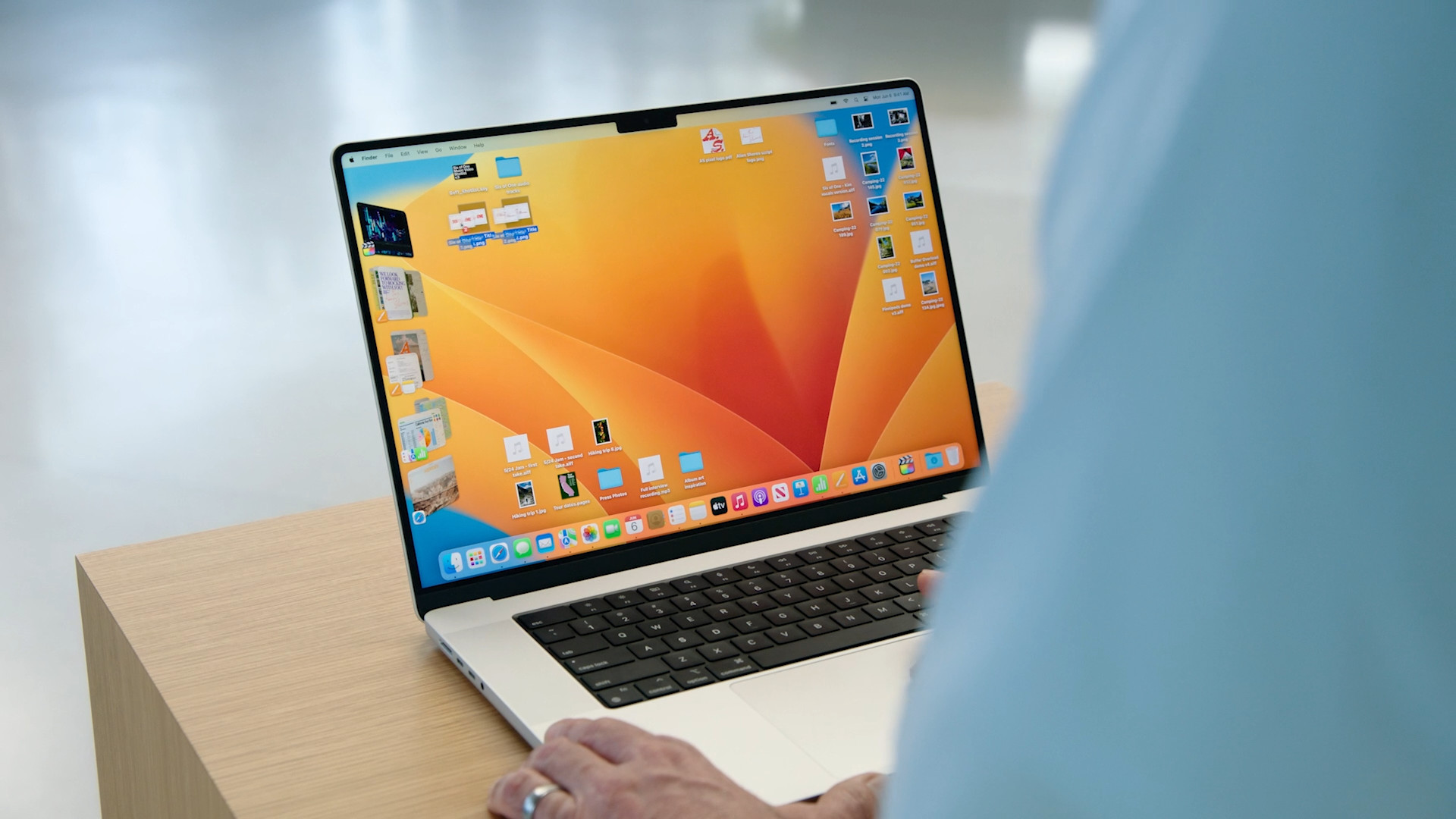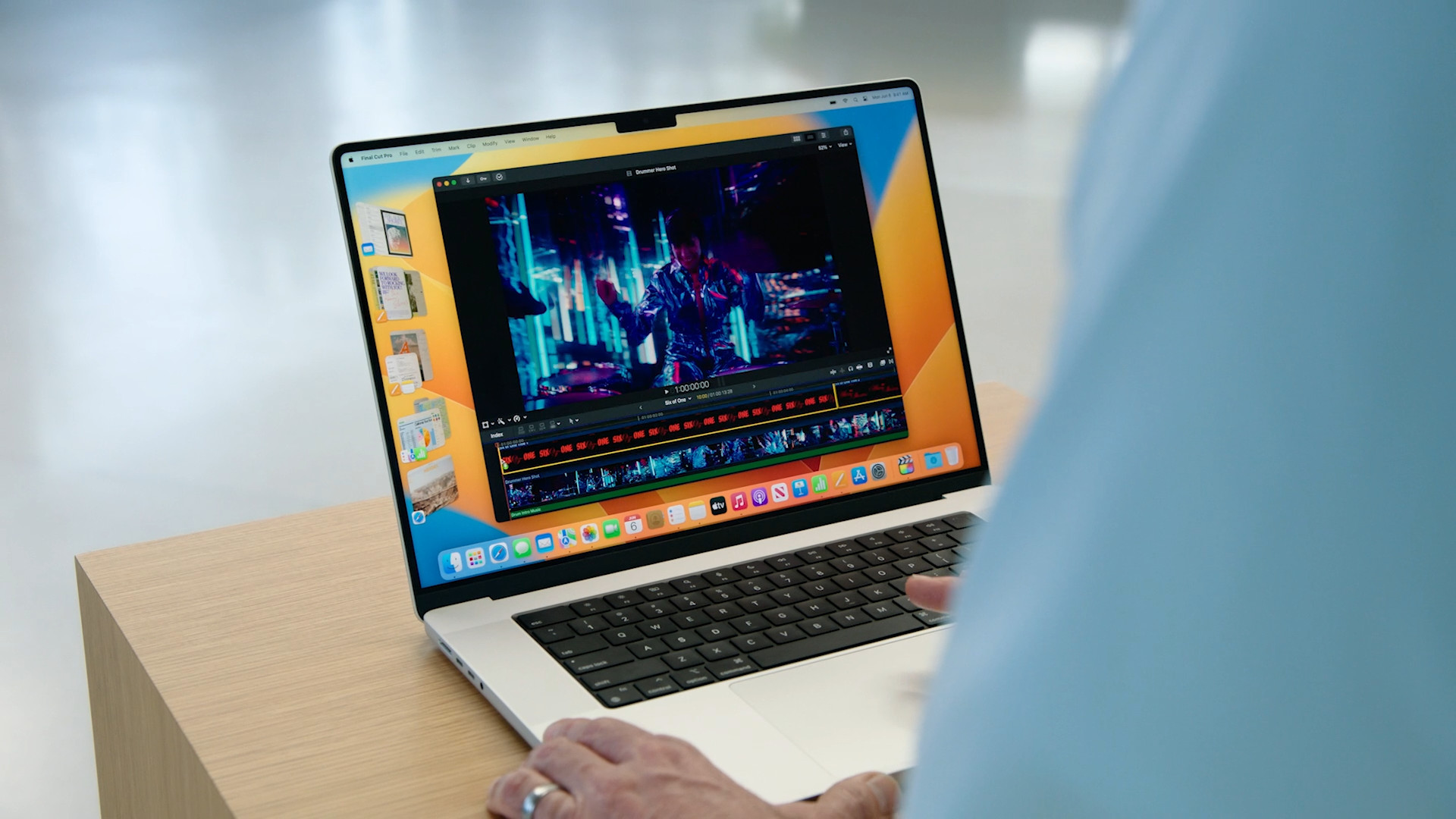Multitasking is an absolute basis for everyday work. Since we can work with a number of applications at the same time, we have significantly more opportunities to make the whole process more efficient and move it forward in general. The macOS operating system, just like for example Windows, is therefore naturally equipped with a number of functions, the aim of which is to make multitasking overall more pleasant and ensure flawless work for the user.
It could be interest you

If you would like to learn about how you can work on your Mac, or expand your knowledge in this direction, then this article is exactly for you. Now we will focus on a total of 5 ways for multitasking in macOS. After that, it's up to each of you. Just try the individual methods and find the one that suits you best.
Mission Control
The so-called Mission Control is a very essential helper that can playfully help in the orientation of open applications. This tool can be activated by a gesture on the trackpad (by swiping up with three/four fingers), on the Magic Mouse (by double-clicking with two fingers) or by using the function key (F3), which will show us all open windows on the desktop, while at the top we can still switch between individual desktops . In this regard, it is the surfaces that can be perfectly connected and the work can be divided between them. For example, you can have a browser, e-mail client and calendar open on the first desktop, programs from the office suite on the second, and graphic editors on the third.

Subsequently, all you have to do is move between the screens as needed and use Mission Control to playfully switch individual applications without getting lost in them. This method comes in handy in cases where you have several windows open in a single program. If you were to rely only on the Dock or on switching via the ⌘+Tab keyboard shortcut, you can get from one app to another, but you can no longer select specific windows.
It could be interest you

The Exposé feature is also closely related to Mission Control. It is disabled by default in macOS and needs to be activated in System preferences > Trackpad > Other gestures > Exposé application. Subsequently, it is sufficient to swipe three/four fingers down on the trackpad. This trick works the opposite of Mission Control, and instead of all open windows, it will only show the one from a specific application. So if you have the Safari browser open several times, let's say on multiple monitors, then they will all display beautifully.
Desktops + full screen mode
As we already mentioned in connection with Mission Control, macOS also allows you to create multiple desktops and then quickly switch between them using trackpad gestures. In this way, you can divide your work and devote specific areas to specific applications. At the same time, the Apple operating system can cope with the complete full-screen mode, as a specific application spreads over the entire display and uses 100% of the available area for work. If you only regularly work with a few programs, then it might not hurt to put them in this mode and just switch between them.
Split View
Closely related to the full screen mode is the so-called Split View, which is well known especially to users of Apple tablets. They have no other option for multitasking. Anyway, Split View works almost exactly the same as full screen mode, with the exception that it allows you to place two applications side by side. Of course, it is also possible to divide the ratio of display usage according to your own needs, when, for example, you dedicate more space to the program on the left side at the expense of the other one.

This is a fairly suitable method for cases where you need to keep an eye on, for example, notes on current work/activity. On the other hand, we have to admit that in the case of 13″ MacBooks, this is not a very handy option. It already offers a relatively small display, and if we divide it between two applications, it doesn't have to be very pleasant to work with. On the other hand, it depends on the activity performed and your own preferences.
It could be interest you

But if Split View doesn't work for you for some reason and you'd rather get closer to the way Windows operating systems work, then you'll have to rely on a third-party app. We can recommend from our own experience magnet. It is a paid tool (for 199 CZK), which, on the other hand, works really well and allows you to divide the screen not only into halves, but also into thirds and quarters. This comes in handy when working with a larger monitor.
A combination of everything together
But why limit yourself to a single method when you can combine them all at once? Practically nothing prevents you from doing so. You can therefore divide the system into several segments and overall adapt it to your own needs, or to suit you best. Personally, I use the first desktop for most applications and switch between them via Mission Control, while the second desktop hides the graphics editor and Excel. Between them, Split View of the Word application and Preview/Notes are still active. As for the external monitor, on the other hand, I rely on it for distribution via the aforementioned Magnet application.

Internship Manager
A brand new option is also coming to Apple computers soon. On the occasion of the presentation of the expected operating system macOS 13 Ventura, Apple boasted a rather fundamental innovation called Stage Manager, which will bring a new way for multitasking. With its help, we will be able to divide our work, or individual applications, into several sets and then simply switch between them.
In a way, the novelty resembles our version for Mission Control in connection with multiple surfaces, with the exception that this method should be much simpler and, above all, intuitive. The macOS 13 Ventura operating system should be released to the public already this fall. Therefore, we will soon know if Stage Manager is really worth it.
It could be interest you

 Adam Kos
Adam Kos 




